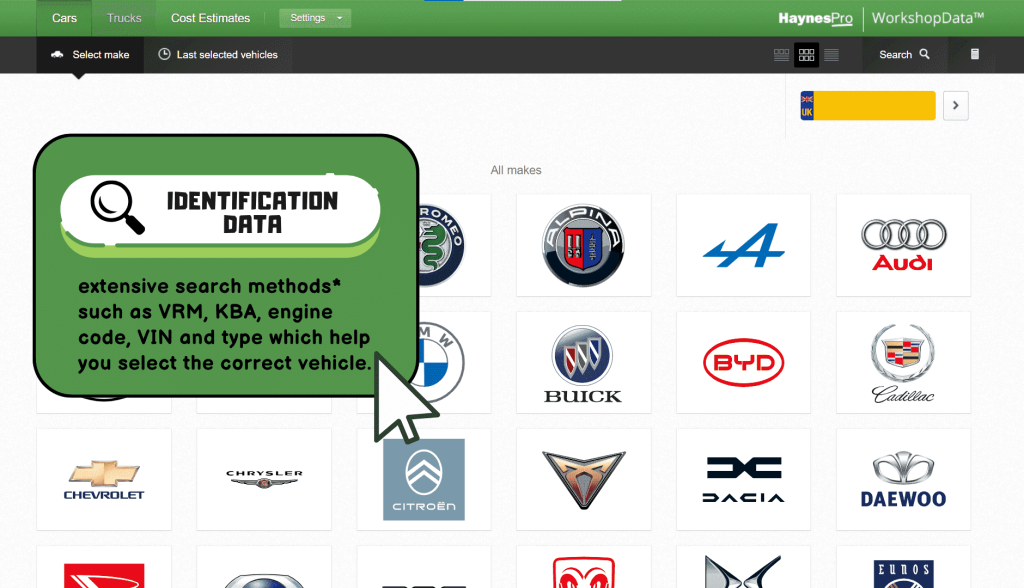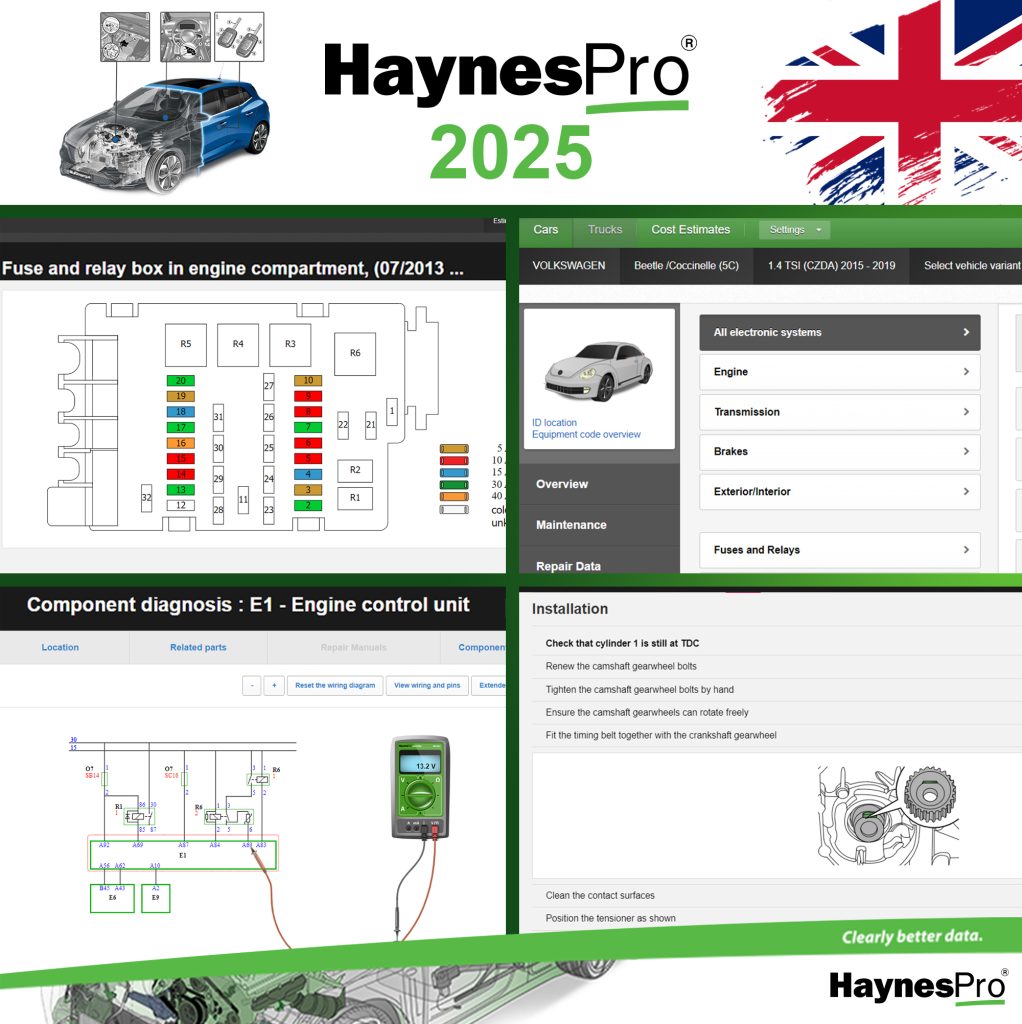The automotive repair industry is undergoing a significant transformation, particularly with the integration of Augmented Reality (AR). This innovation is not just a passing trend but a powerful tool reshaping how vehicle maintenance is approached, making it more efficient, precise, and trustworthy. AR is revolutionizing car repairs, offering a glimpse into a future where car maintenance is more transparent, efficient, and better aligned with the needs of modern car owners.
Understanding augmented reality
Before delving into its applications in car repairs, it’s crucial to grasp what Augmented Reality (AR) is. AR enhances our real-world environment by overlaying digital information—such as images, sounds, or text—onto it. This blend of virtual and real worlds creates an immersive experience, making AR distinct from Virtual Reality (VR), which is entirely simulated. Accessible through smartphones, tablets, and specialized headsets, AR’s versatility opens up endless possibilities across various sectors, including automotive repair.
Originally developed for video games and interactive media, AR has rapidly evolved into a revolutionary tool with applications across diverse industries. By merging the digital and physical worlds, AR significantly enhances user perception and interaction, making it a powerful technology in fields like automotive repair and beyond.
Types of augmented reality
Understanding the types of AR is crucial to appreciating its utility in car repairs:
- Marker-based AR: Uses physical markers (like QR codes) to trigger digital content, popular in advertising.
- Markerless AR: Relies on GPS and sensors to overlay digital information, used in navigation.
- Projection-based AR: Projects digital content onto surfaces, enhancing real-world interactions.
Augmented reality in car repairs
In the realm of maintenance and repair, AR has emerged as a beacon of innovation. The sectors that traditionally grappled with time-consuming procedures, intricate manuals, and extensive training sessions are now finding solace in the efficiency and precision of AR. These enhancements, catalyzed by AR, have been instrumental in transforming troubleshooting and diagnostics, making maintenance and repair more streamlined and accessible.
While its roots may be steeped in entertainment, AR’s transformative potential in practical, real-world applications is undeniable. Whether assisting technicians in remote locations or guiding homeowners through DIY repairs, AR stands poised to redefine our approach to maintenance and repair, ushering in an era of unprecedented efficiency and accuracy.
Applications and benefits
- Visual guidance: AR provides 3D visualizations of a vehicle’s internals, simplifying diagnostics and repairs.
- Step-by-step instructions: Offers mechanics detailed repair instructions, reducing errors and saving time.
- Remote assistance: Enables real-time communication with experts, enhancing the quality of repairs.
These applications not only improve repair accuracy and efficiency but also foster transparency, allowing customers to understand the repair process better and build trust with their service provider.
Success stories of AR in maintenance, repair, and overhaul
- Bosch:
Bosch uses an AR application in its Bosch Car Service workshops. The AR app features navigation arrows indicating locations of the automobile components that aren’t easily visible and provides on-screen instructions to auto technicians about necessary actions to take or tools to use. The company reports that their auto technicians now spend 15% less time on each step of MRO activities compared to when they worked without AR.
- Boeing:
Boeing uses AR for the assembly of the electrical wiring in their aircraft. Technicians, who used to rely on traditional paper manuals with instructions, now use Google Glass to stream instructions directly in their field of view with voice commands. The innovative approach has reduced error rates to zero and accelerated the wire assembly activities by 25%.
Long-term implications and opportunities
The adoption of AR in car repairs promises a future where repair processes are streamlined, costs are reduced, and customer satisfaction is elevated. By reducing the time and resources spent on diagnostics and repairs, AR not only benefits service providers but also enhances the overall customer experience, building a foundation of trust and reliability.
Looking ahead, AR could further revolutionize car repairs by offering virtual training for mechanics, reducing the need for specialized training, and providing real-time vehicle performance data, aiding in preventative maintenance and extending vehicle lifespans.
Integration with comprehensive databases like HaynesPro can amplify these benefits. HaynesPro provides up-to-date repair methodologies and best practices, ensuring that technicians have access to the latest information and tools. To experience how HaynesPro can elevate your automotive repair processes, click here to take advantage of a 7-day free trial.
Augmented Reality is poised to redefine the automotive repair industry, offering a blend of precision, efficiency, and transparency that aligns with the demands of modern car owners. As AR technology continues to advance, it will undoubtedly play an increasingly important role in the way vehicles are maintained and repaired, building a future where technology and trust seamlessly intersect.
Sources:
https://www.scnsoft.com/augmented-reality/maintenance-and-repair








